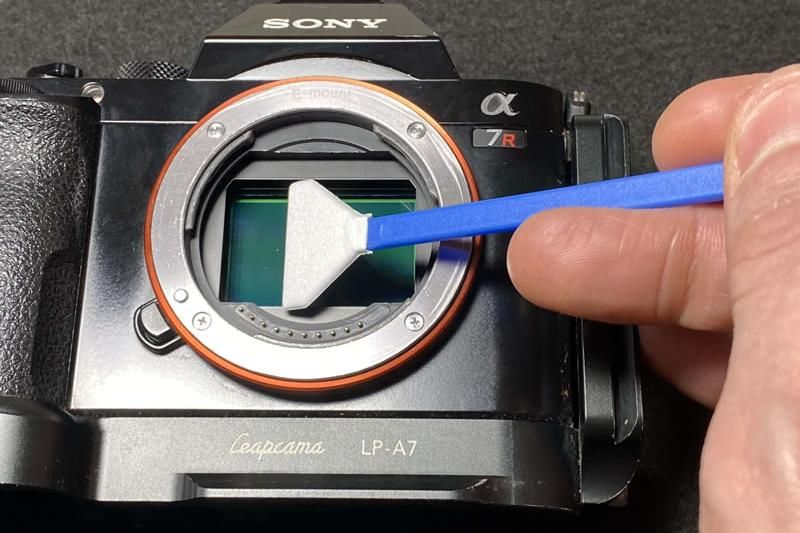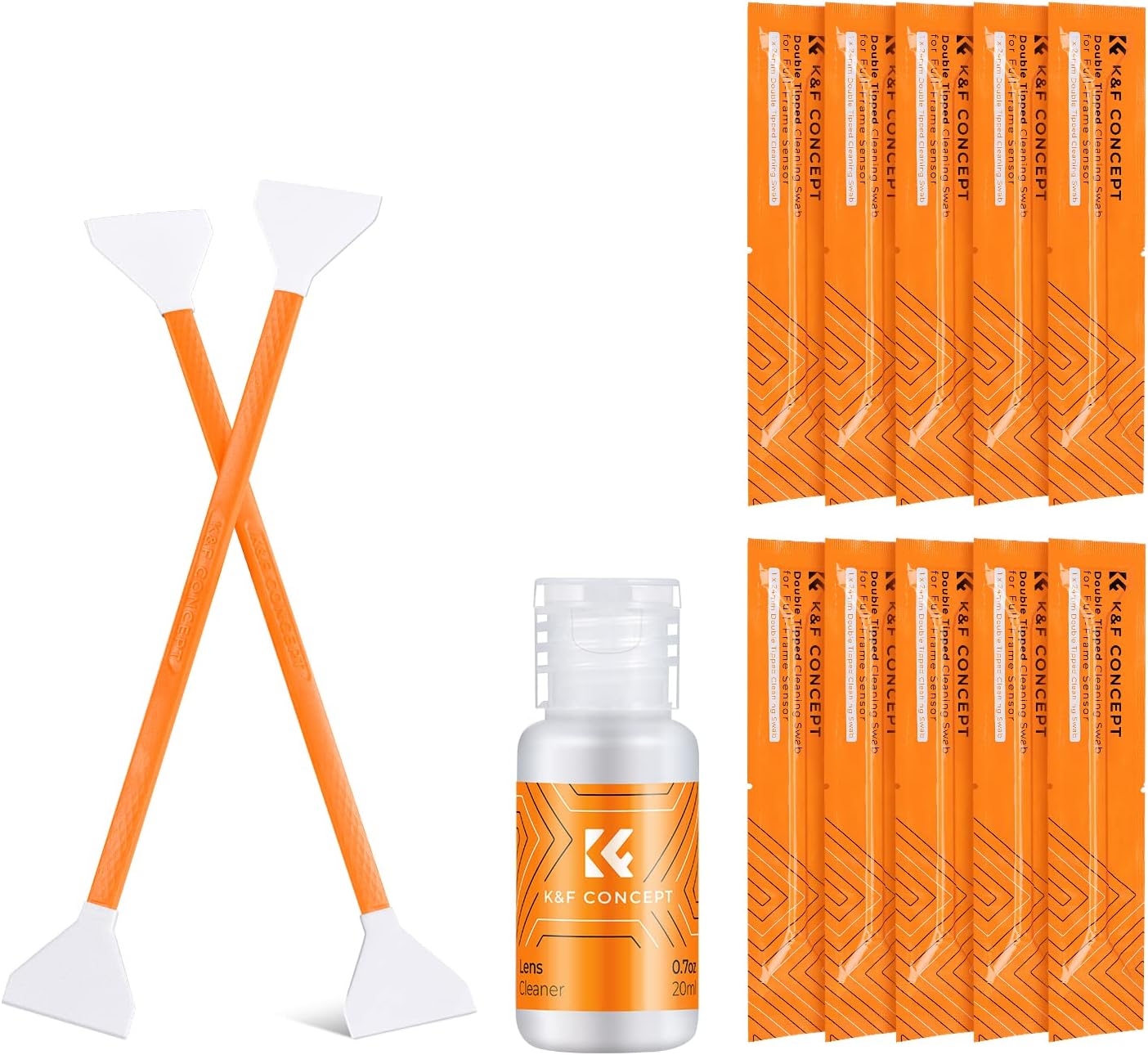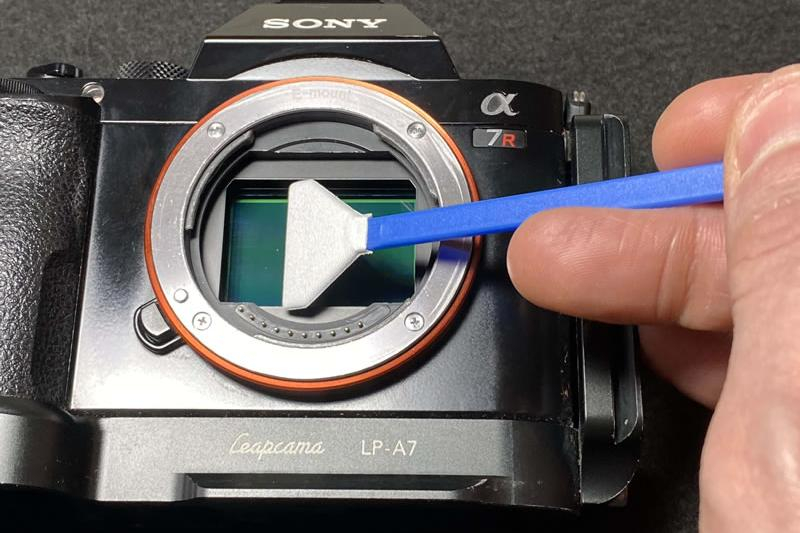
DIY Sensor Cleaning
[Orginal post published November 2019: Updated in March 2024]
As a user of mirrorless cameras for many years, I know how easy it is for the sensor to develop dust spots very quickly. This is because they don't have a mirror that conceals the sensor like a DSLR (although newer cameras are starting to come with curtains as mentioned later on). Yet, it's surprising how many workshop participants I come across who still send their cameras away for professional cleaning as soon as they notice dust in their images. If you are one of those people then this article should save you a lot of time and expense!
On average I need to clean my camera sensor every two weeks as I change lenses frequently and the camera doesn't have a protective curtain. It would, therefore, be very expensive, not to say impractical, to keep sending it away so regularly. Camera sensors are not as delicate as manufacturers will have you think, so with a little care and patience it is very easy to clean it yourself. It takes less than 2 minutes to complete and your sensor will be nice and clean ready for the next outing.
The first thing you need to do is purchase a sensor cleaning kit. There are a variety of options on the market but I personally recommend the type that comes with swabs and cleaning fluid. Since writing this original article (in 2019) I have adopted a slightly different method of cleaning my sensor - using two swabs per clean. One to wipe the sensor with a swab along with a couple of drops of cleaning fluid and a dry swab to make sure the sensor is totally dry with no liquid residue. This, of course, has meant using up my swab supplies twice as quick. Recently, however, the manufacturer K&F Concept have brought out a new cleaning system with a swab at both ends. This is more convenient and works out cheaper, too. They usually come in a pack of 10 swabs and include a bottle of cleaning liquid. The supply of liquid lasts a lot longer than the swabs, so I tend to buy just the swabs only in-between as this is cheaper. Bizarely, the cleaning kit and liquid is not available directly from the K&F website direct but is available via Amazon. You can, however, purchase swabs only from K&F Concept thereafter. As the swabs come in different sizes, it's important to choose the right kit for the size of your camera's sensor (APS-C, Micro Four-Thirds, Full-Frame, Medium Format etc...), so be careful.

A lot of recent mirrorless cameras now come with a protective curtain in front of the sensor. If you have one of these cameras that's good news because you will need to clean your sensor a lot less frequently than those who don't. You will, however, need to dive into the menu system and navigate to the cleaning section to open the curtain for manual cleaning first (please consult your camera's operating instructions on how to do this).
When you're ready to clean your sensor then remove the foil or plastic from the sealed swab and add just two drops onto the swab - equidistant apart. Now, with a little pressure, wipe across the sensor before turning the swab over and repeating the process from the same end (The instructions tell you to wipe one way and then back again but I prefer the method I've described). At this point your sensor should be sparkling clean but I have often found traces of liquid left behind leaving smears on the sensor. This is where the second swab on the opposite end comes in. Simply repeat the above with the dry swab and you're left with a completey clean, smear-free sensor.
And that's it, just pop the cap or lens back onto your camera and you're ready to go. Just one small point; if you have a camera that has pixel-shift technology you may find that the sensor may wriggle around slightly whilst wiping the sensor - this is normal and nothing to worry about (as long as you're not too rough). The swab cannot be re-used as this may scratch the sensor, so be sure to throw it away after one use.

If you use a DSLR camera as opposed to a mirrorless camera then the above rules apply to you, too. The only extra step you need to take is to lock up the mirror first (rather than the aformentioned curtain) to reveal the camera's sensor. Your instruction book should explain how to do this. The reason I mainly mention mirrorless in this article is that they are more prone to developing dust spots due to the sensor being more exposed when changing lenses.
I hope you found this article useful and if you would like me to cover another photography-related topic please feel free to e-mail me.